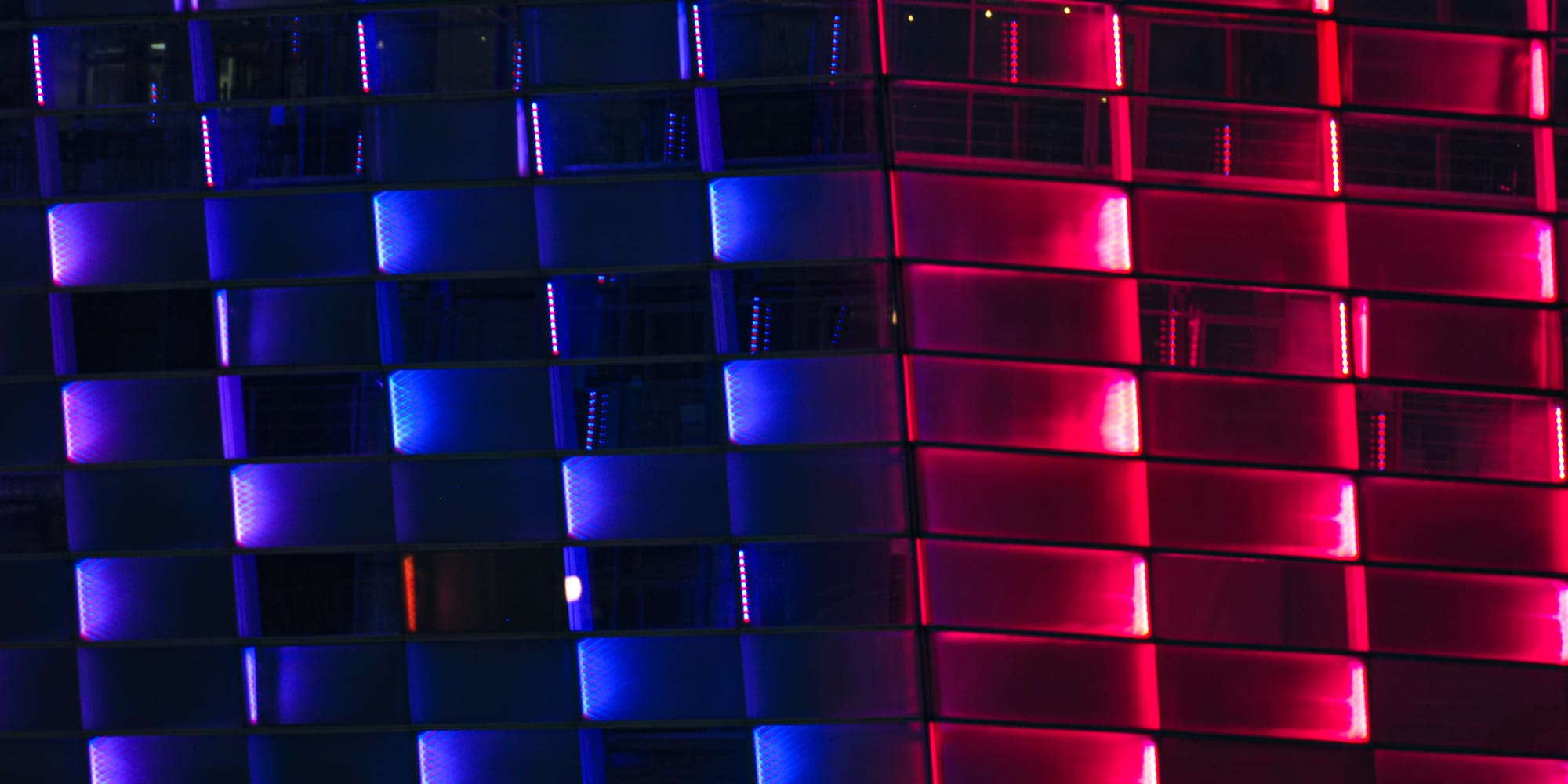
Projects
2025
-
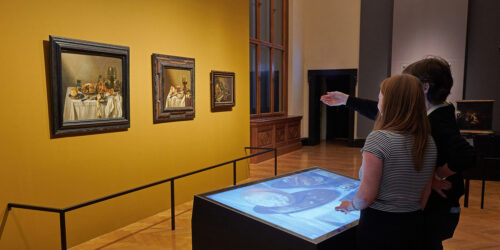
Claesz Unveiled
Digital Exploration Interface for Artworks
Delicate textures and intricate elements that would otherwise remain imperceptible: a new digital exploration interface uncovers the details of Pieter Claesz’s still lifes – presented at Kunsthistorisches Museum Wien, Universalmuseum Joanneum, and Kunst Museum Winterthur.
-
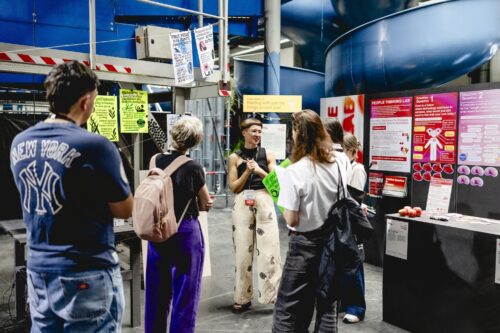
Art Thinking Lounge 2025
Future Citizen Kit for New Visions
The Art Thinking Lounge invites visitors to engage with Art Thinking as a creative mindset to navigate contemporary societal challenges. In 2025, it offered a set of interactive tools under the curatorial framework of “Future Citizen Kit”: designed to broaden perspectives, experiment with new visions of the future, and spark meaningful conversations.
-
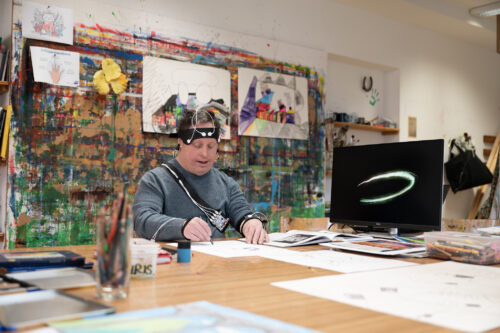
LIFE INKlusive
Inclusive Collaborative Art Project on Creativity
This collaborative art project brings together artists with and without disabilities to explore the question: Can mind and body produce “ink”? Using innovative Futurelab technology, it highlights both the uniqueness of individual expression and the power of creativity, working together across perceived boundaries.
-
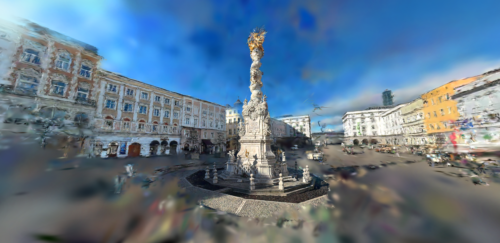
Beyond Curiosity
Explore the City with Gaussian Splatting
Beyond Curiosity is a participatory virtual tour of UNESCO City of Media Arts Linz that employs cutting-edge 3D Gaussian Splatting. The key highlight: visitors and residents of Linz can utilize the technology to explore the city in a new way and share their perspectives with the world.
-
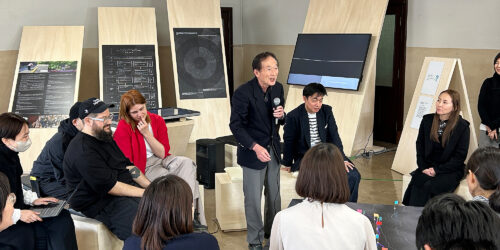
Shiga Future Thinking Week
Futures for a Water-Centric Society
Shiga Future Thinking Week in Japan invited visitors to explore the potential of a water-centric society through artworks and projects – ranging from multi-modal installations based on the memories of villagers and examinations on Lake Biwa’s many impacts on local life to a data-based menu experience.
-
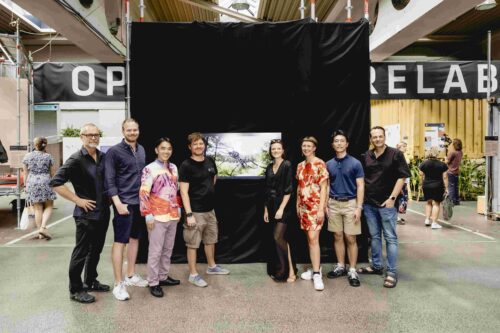
Collective Transformation Lab
Engaging Strategies for Social Challenges
“Think slow, act fast” is the mantra of the Collective Transformation Lab – an enlightening self-reflection platform established as a collaboration between tech start-up Godot and the Ars Electronica Futurelab.
-
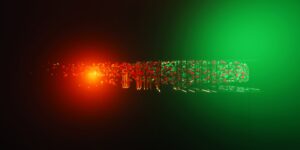
Data Art & Science Project
Art Creates Meaning from Data
How can art create meaning from data? The Ars Electronica Futurelab, in collaboration with Toyota Coniq in Japan, is envisioning “Data Art & Science,” a new interdisciplinary field that incorporates artistic perspectives on future transformations based on data science.
-
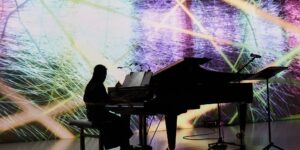
Life Ink
Human Creativity as Immersive 3D Ink
Can the human mind and body become a pen that generates ink to express our creativity? Life Ink explores the inner mechanism of creativity by visualizing brainwaves and body signals as immersive three-dimensional ink – lending color to our thoughts, feelings, and creative sparks.
-
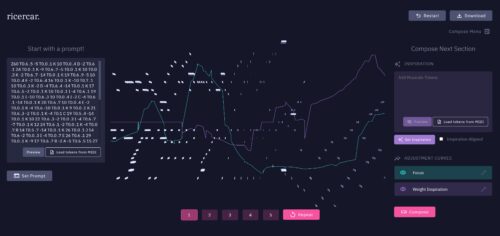
Ricercar
Interactive AI-Based Composition System
What does it mean to compose together with a machine? What forms of musical authorship emerge when generative systems no longer function merely as tools but actively engage in artistic processes? Ricercar is a research software that operates precisely at this intersection between human artistic intuition and machine autonomy – not to resolve this tension,…